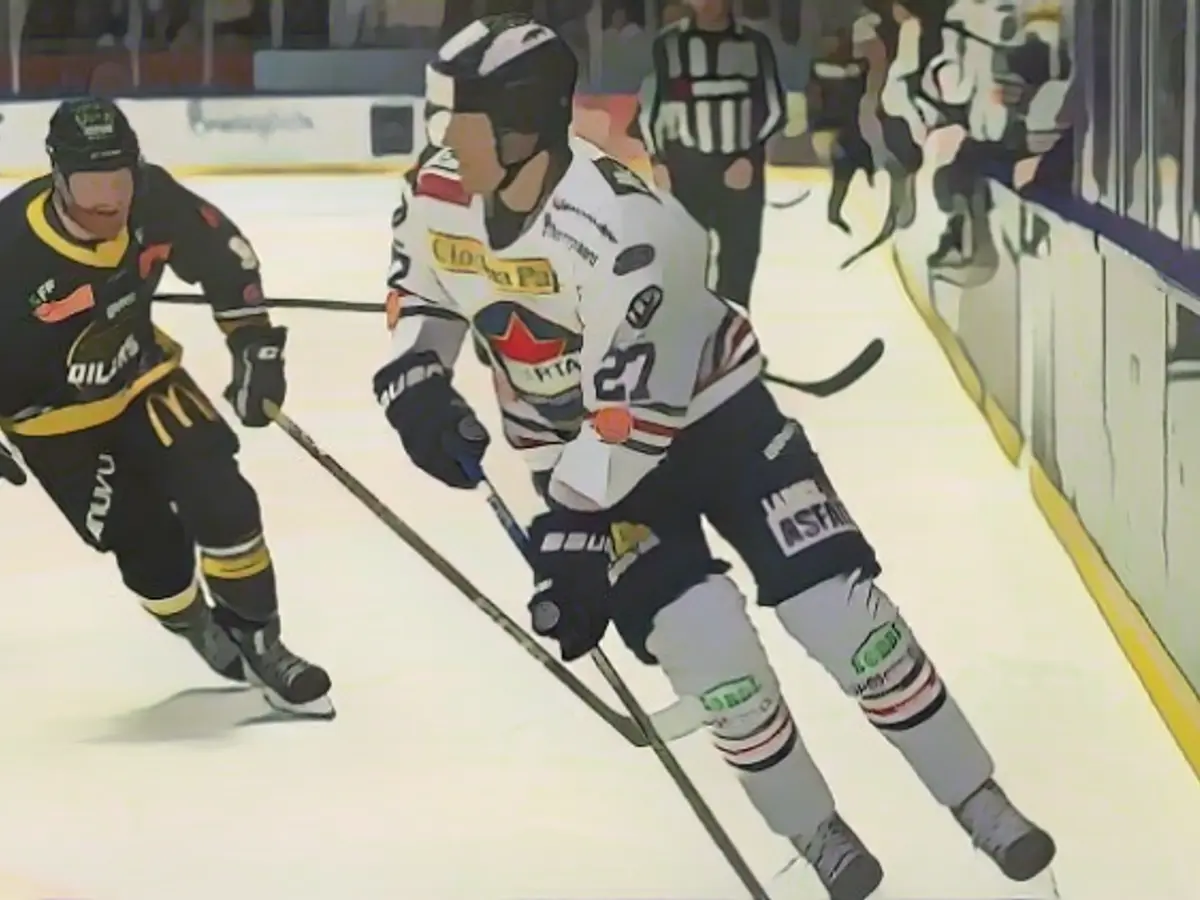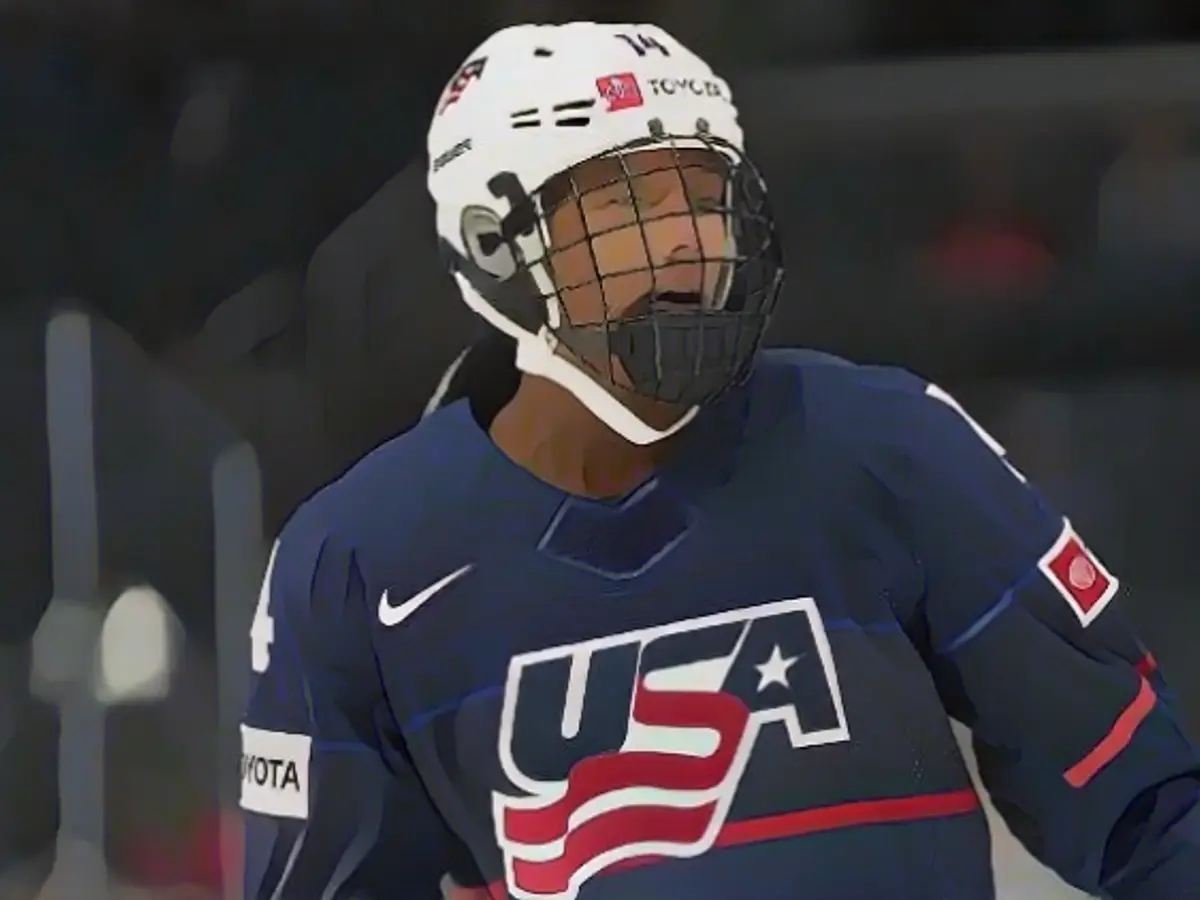Ice Hockey's Unfortunate Repeat: Chest Slash in Norway
The chilling echoes of a tragic ice hockey incident linger as another frightening episode unfolds. This time, the scene unfolds in Norway, where junior national player, Jonas Nyhus Myhre, endured a chest-slashing ordeal courtesy of an opposition skate blade. "It could've been worse," Myhre shared with Swedish newspaper, "Aftonbladet", reflecting on the near-disaster.
The incident occurred during a game between Lörenskog IK and Storhamar Hockey, leaving the 19-year-old defender bruised and battered. Despite the initial adrenaline rush, Myhre quickly realized the gravity of the situation. "I felt like I had been kicked by a horse." the young player recounted, "Five minutes later, the pain set in."
The assailant's skate blade pierced through Myhre's protective gear, inflicting a wound that required immediate medical attention. Condemning a grim twist of fate, the young player will miss the U20 World Championships in Sweden (December 26 to January 5), leaving his team and fans in despair.
As the community mourns the recent death of former Augsburg player Adam Johnson, who was tragically hit in the neck by a skate blade last October, the younger Myhre highlights the persistent need for enhanced safety measures in the sport.
In the wake of Adam Johnson's tragic incident, ice hockey authorities have taken strides to improve player safety. The German Ice Hockey League (DEL) mandated cut-resistant neck protection for their players starting January 1, following Johnson's unfortunate demise. Moreover, the International Ice Hockey Federation (IIHF) announced neck protection would eventually become mandatory, albeit without specifying a date due to supply difficulties among manufacturers.
Despite these efforts, chest slashes remain an alarming issue in ice hockey. It's high time the sport revisits safety protocols and implements additional measures to shield its players against such incidents.
Improving Skate Blade Safety:
To effectively combat ice hockey's dreadful record of serious injuries, the following strategies can be employed:
- Advanced Blade Technology
- Utilize corrosion-resistant alloys to improve blade durability and minimize the risk of blade failure.
- Customizable Blades
- Employ precision sharpening techniques to maintain blade performance and reduce the likelihood of unwanted edge irregularities.
- Safety Guards
- Integrate slash guards, such as Easton's Pro Slashguard, to protect the slash zone and reduce the risk of chest slashes and other injuries.
- Off-Ice Training
- Leverage off-ice training tools, like DriBlades, to improve players' skills and muscle strength without the threat of on-ice accidents.
- Regular Maintenance
- Maintain skate blades to ensure they are in top condition, promoting safe on-ice performance.
- Player Education
- Inform players about safe skating practices – such as avoiding unnecessary contact and maintaining control of their blades – to reduce the likelihood of serious injuries.
By applying these strategies, ice hockey can significantly strengthen its skate blade safety measures, ultimately reducing the risk of serious injuries like chest slashes.
Sources: 1. 2. 3. 4. 5.







